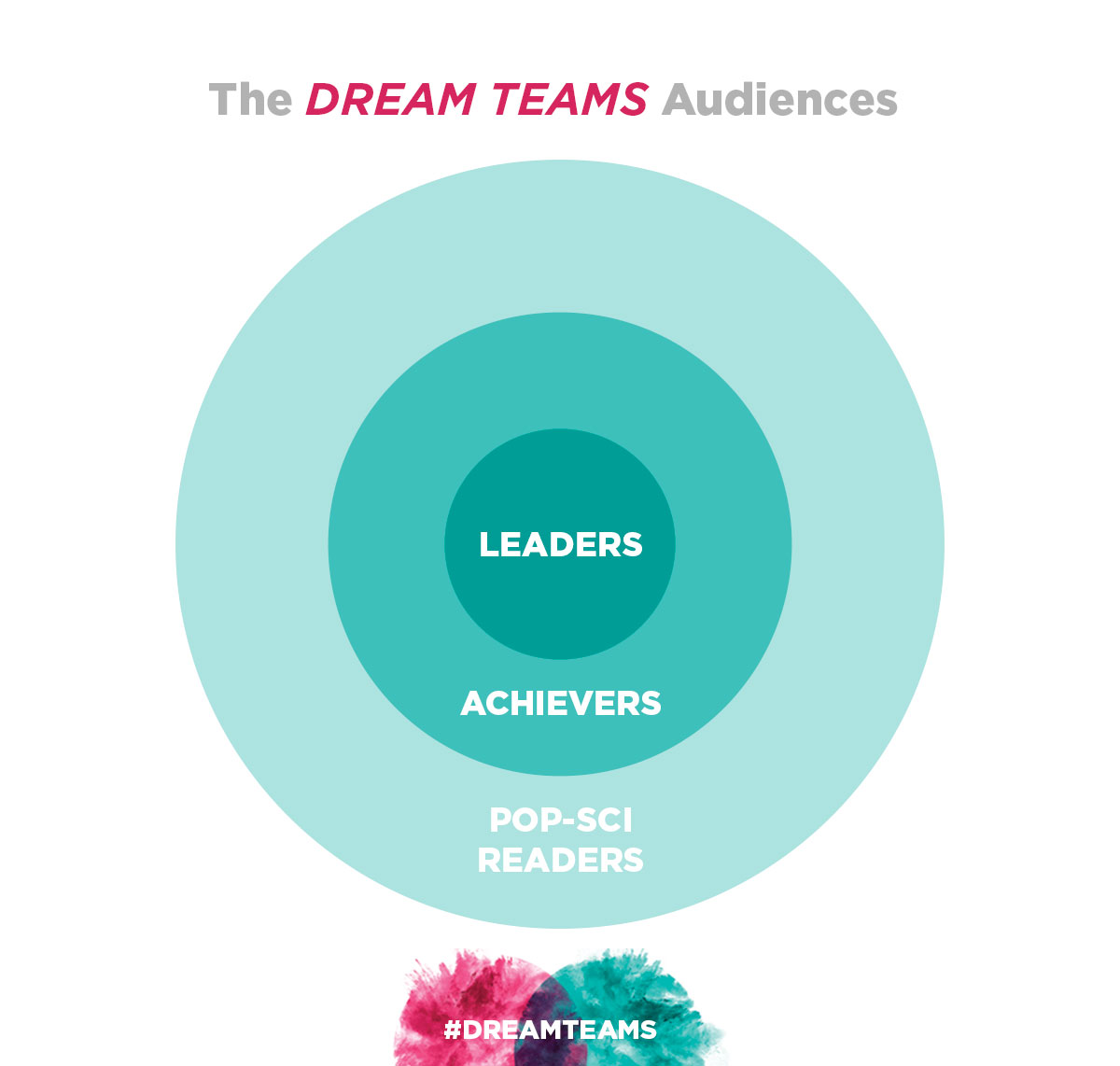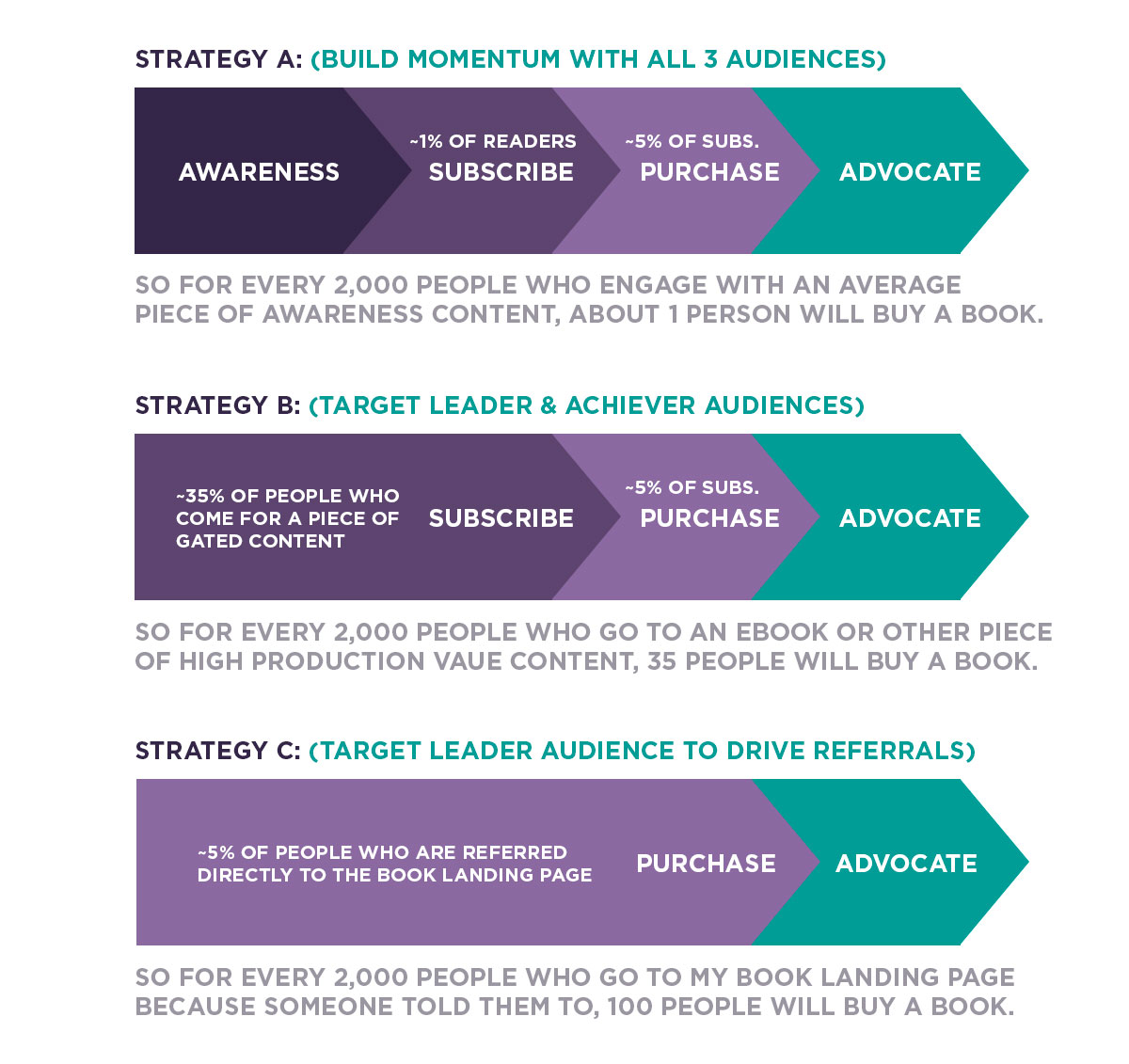Author: Shane Snow / Source: The Content Strategist
Eating your own dog food. It’s one of those business sayings I never quite understood.
It means using your own product. Why is it dog food and not—you know—pizza? I have no idea. But I recently decided to dogfood Contently for a personal project—the launch of my upcoming book Dream Teams. Along the way, I realized this could be instructive to a lot of marketers out there, whether you use a content platform or not.
A book launch is a near-perfect example of the kind of marketing campaign that requires accountable content. Content is the key to optimizing conversion rates across the marketing funnel—from raising awareness about the book, to gathering supporters and subscribers, to driving conversions, and finally to getting buyers to write reviews and spread the word.

As an author, you have anywhere from 6–12 months from the time you finalize your manuscript to when people can buy it. However, the most effective marketing happens within a couple months of the publish date. This means you have a lot of time to create content to support it. Enough time, in fact, to use my favorite content strategy framework:

Here’s a peek behind the scenes of how I’m using content strategy and technology to get the most out of this book launch, along with some lessons for marketers of all stripes:
Content Strategy
Content strategy starts with the audience. For Dream Teams, I broke my audience into three groups. The core audience consists of leaders, coaches, and HR professionals. The secondary audience is made up of entrepreneurs and ambitious people who work and play on teams. Lastly, there’s an aspirational audience of general nonfiction book buyers, history buffs, and pop-sci nerds.

Business Objective
For each audience, I have a primary business objective:
- Leaders: Buy books to help/develop their organization.
- Achievers: Buy a book for one’s own development.
- Pop-Sci Readers: Buy a book for curiosity and entertainment.
Key Metrics
With those specific objectives, it behooves me to keep track of the following metrics:
- Reach
- Subscribers / followers (and reach-to-subscription rate)
- Clicks to product page (and follower-to-click rate)
- Sales (and click-to-sale rate)
Ultimate Business Goal
My goal is to generate 10,000 sales by the end of launch week. (Not including bulk orders for organizations that have me come speak in exchange for buying a lot of books.)
That’s about $200,000 in books sold. (Too bad I will only see a fraction of that!) While riches would be great, my underlying goal is to build influence—to get a message of change out. In the long run, selling books builds my brand and allows me to further my company and ideas.
So how the heck are we going to make 10,000 conversions by June? To get there, we need to estimate the conversion rates of each of the steps in my funnel. With that math, we can ballpark the amount of content and promotion I’ll need. These rates will depend on the channels we use, but based on the averages I saw from my last book launch, I think we can estimate something like this:

Now we need to measure the capacity of all the channels through which I can reach my audiences, then figure out the most cost-effective way to fill these channels with content that converts at these rates or better.
But first, let’s pause for a picture of a dog eyeing a slice of pizza.

Channels
Okay, back to the plan. Where do these potential book buyers hang out, you ask? Here’s some rough analysis:
Leaders: LinkedIn, Twitter, airport bookstores, cable TV (CNN & Bloomberg), and the trusty ol’ email inbox. For the sake of this article, let’s assume that the non-Internet channels won’t contribute much to the 10,000 books I hope to sell (a good assumption).
Achievers: Same as above, also more likely to spend time with podcasts, Instagram, Facebook, and Medium.
Pop-Sci Readers: Same as above, but also: Goodreads, book blogs, science pubs, hometown bookstores, YouTube.
There are three ways to get to people in any of these channels at any stage of the funnel: owned, earned, and paid. Let’s add up the capacity (and cost) of each:
Owned Audience:
I started the campaign with a ton of LinkedIn followers and email subscribers, a large handful of Twitter and Medium followers, plus a Facebook page with a lot of followers and a sad amount of organic reach. Basically nobody follows my Instagram. (But you could!)

Each of my three audiences will convert at different rates, but I have average conversion data from my time writing articles and newsletters, and from the launch of previous books that we can use for estimates.
I don’t have any YouTube subscribers, but I can still create owned content for YouTube. It just needs to be embedded in my other channels or shared by influencers (which would be earned content).
Given that every social post includes a call-to-action to read a post on my blog, each post on my blog has a CTA to subscribe to my email list (or download an e-book in exchange for subscribing), and each email I send has a CTA to buy a book, the path to getting 10,000 conversions will be some version of the following:
- 120 blog posts, each posted in three locations and promoted on three social networks
- 120 native social/visual posts, each promoted on three social networks
This puts my conversion estimate at about 9,400—almost there. This is, of course, assuming that I only do owned content. However, we can juice things through a little earned and paid, and cut the amount of content down by about 50 percent:
Earned Audience:
If I post enough great content, there’s a chance something will catch fire and go viral. I can’t count on this,…
Audience Team
The digital audience insights you need to build, manage and market to your digital audiences.

